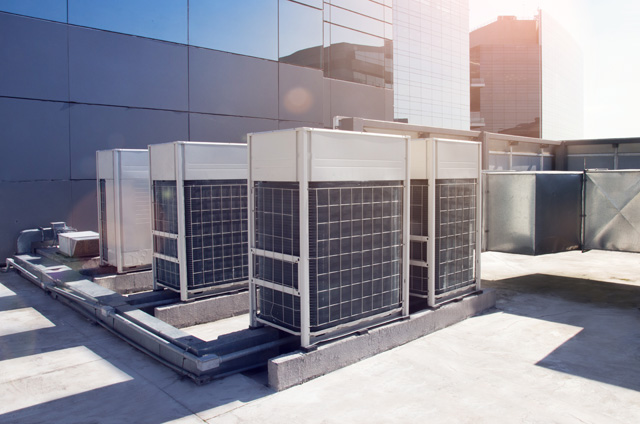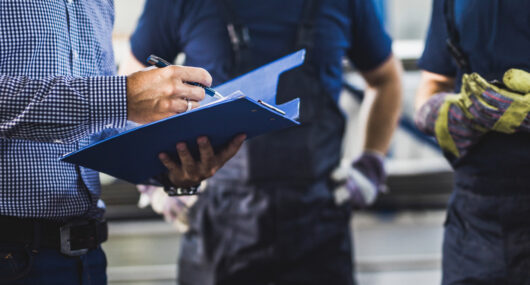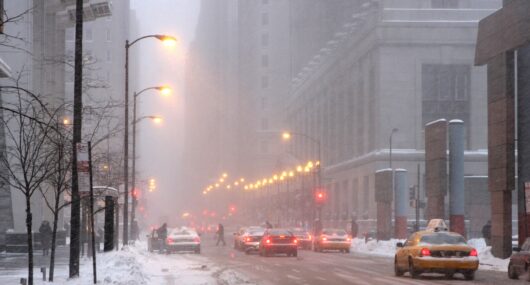
Everything You Need to Know About Industrial HVAC Systems
An industrial HVAC (heating, ventilating, and air-conditioning) system provides heating, cooling, and ventilation for big commercial buildings or structures. They are typically found on the top of buildings like hospital complexes, retail businesses, etc. They work in a similar way to a residential HVAC unit, however, on a much larger scale and with more complex elements.
An industrial HVAC system has several parts such as lubricated motors, drain lines, or thermostats that often get exposed to multiple conditions. It can cause problems like CO leaks or blockages that later turn into expensive repairs. That is why they require timely inspections by experts for optimization and regular tune-ups to ensure optimal performance.
Industrial HVAC Equipment
An industrial HVAC system typically includes the following major equipment:
- Chillers: They help in cooling down the water that is distributed through the unit’s cooling coils.
- Heat Pumps: They act exactly the opposite to a refrigerator and extract heat from the water or air to warm the building.
- Rooftop Units: They are usually mounted on the roof of a building to avoid noise pollution. However, you may also find some industrial HVAC units installed on the ground that send conditioned air into the building via ductwork.

Image Source: https://ccpia.org/commercial-rooftop-unit-rtu-basics/
Types of HVAC Systems
The type or combination of HVAC systems often depends on the building size. The three main categories of these systems are:
Single Split System
They are typically found in smaller commercial buildings. For instance, they are usually installed in an office building with a server room for computer equipment or a restaurant. This system has a combination air conditioner/furnace that passes air through refrigerant lines and circulates it via air ducts. However, it requires a separate outdoor unit for each individual space.
Multi-Split System
These systems can connect up to nine indoor units with a single outdoor unit. This allows it to be more energy efficient with a smaller outdoor footprint. However, these systems require a long time to install and can be expensive at times.
VRF (Variable Refrigerant Flow) or VRV (Variant Refrigerant Volume) Systems
They are typically seen in large mixed-use buildings, such as big office buildings or hotels. They provide both heating and cooling of different indoor spaces at once.
Life Span of HVAC Systems
The life span of commercial HVAC systems is, typically, 15 to 20 years. Some commercial units tend to upgrade or change them to meet the rapidly changing environmental conditions both indoors and out. However, there are some factors that impact the longevity of an HVAC system, such as:
- The climate of the area where it’s installed
- Usage demand over the years
- Quality and efficiency of the installed system
- Proper installation and regular maintenance
Maintenance of Industrial HVAC Systems
HVAC systems account for 39% of the energy used in commercial buildings in the United States. That is why every business or government agency constantly tries to increase savings by improving its control of HVAC operations. One of the most important ways to improve these savings is to have regular maintenance on your HVAC system, to ensure it’s working at its best. It is estimated that proper and regular HVAC maintenance can reduce the risk of costly breakdowns by as much as 95%. Additionally, it maximizes the lifespan of the system, lowers energy costs, and guarantees comfort for the clients and employees in the buildings.
Industrial HVAC systems can prove to be quite cost-effective over time. However, they need regular inspections by professionals and following all the preventive maintenance measures.



